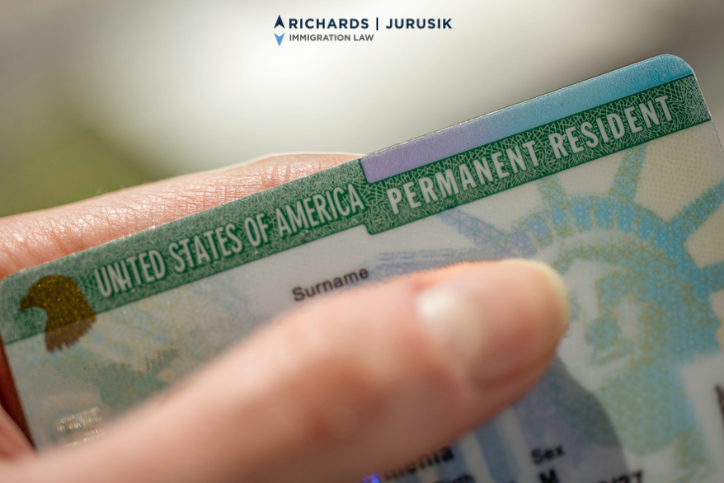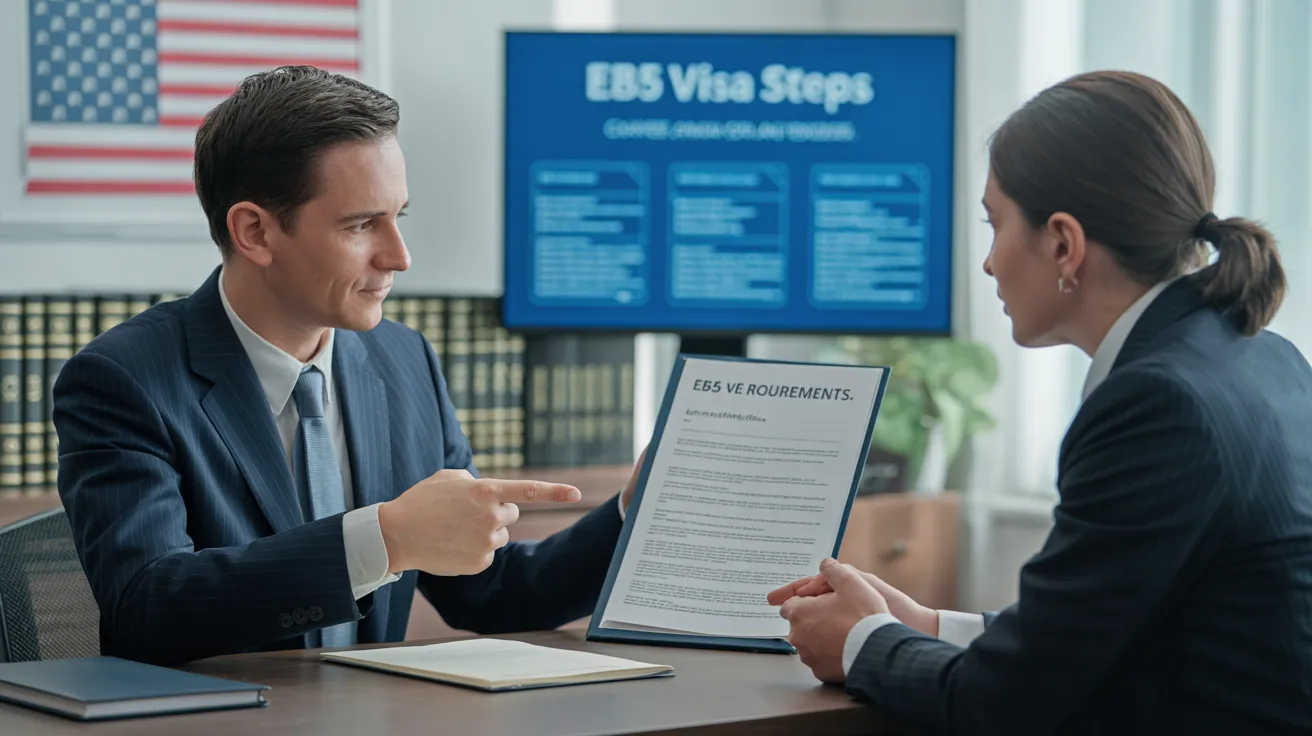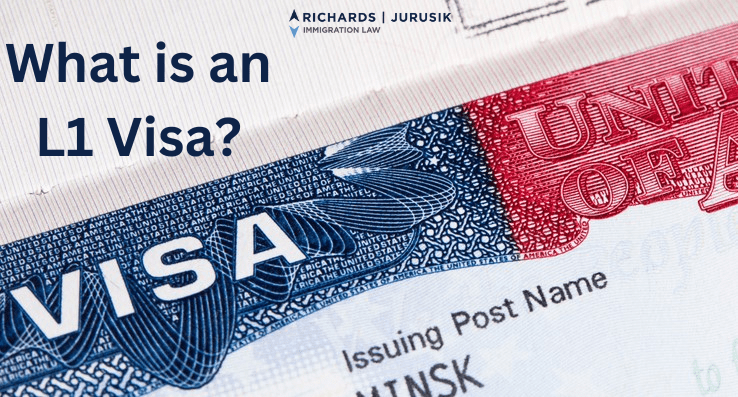Apply for L1 Visa
The Best Strategy To Use For L1 Visa
Table of Contents6 Simple Techniques For L1 VisaA Biased View of L1 VisaL1 Visa Fundamentals ExplainedSome Known Questions About L1 Visa.Things about L1 Visa4 Easy Facts About L1 Visa Shown
Offered from ProQuest Dissertations & Theses International; Social Scientific Research Costs Collection. (2074816399). (PDF). Congress. (PDF). DHS Workplace of the Inspector General. (PDF). (PDF). "Nonimmigrant Visa Stats". Fetched 2023-03-26. Division of Homeland Safety And Security Office of the Inspector General, "Review of Vulnerabilities and Possible Misuses of the L-1 Visa Program," "A Mainframe-Size Visa Loophole".
United State Division of State. Recovered 2023-02-08. Tamen, Joan Fleischer (August 10, 2013).
Unknown Facts About L1 Visa
In order to be qualified for the L-1 visa, the international business abroad where the Recipient was used and the U.S. firm have to have a certifying partnership at the time of the transfer. The various kinds of certifying connections are: 1. Parent-Subsidiary: The Parent suggests a company, corporation, or other lawful entity which has subsidiaries that it owns and controls."Subsidiary" suggests a company, corporation, or various other lawful entity of which a moms and dad has, directly or indirectly, greater than 50% of the entity, OR owns less than 50% yet has administration control of the entity.
Example 1: Business A is integrated in France and utilizes the Recipient. Business B is integrated in the U.S. and wishes to petition the Recipient. Business A possesses 100% of the shares of Business B.Company A is the Parent and Company B is a subsidiary. As a result there is a qualifying partnership in between the 2 business and Firm B ought to be able to sponsor the Recipient.
Firm A possesses 40% of Company B. The remaining 60% is had and controlled by Company C, which has no connection to Business A.Since Company A and B do not have a parent-subsidiary connection, Business A can not sponsor the Recipient for L-1.
Firm A has 40% of Company B. The staying 60% is owned by Business C, which has no relation to Business A. Nevertheless, Business A, by formal arrangement, controls and complete takes care of Company B.Since Company A has much less than 50% of Company B yet manages and manages the business, there is a qualifying parent-subsidiary relationship and Company A can fund the Recipient for L-1.
The Main Principles Of L1 Visa
Affiliate: An affiliate is 1 of 2 subsidiaries thar are both had and regulated by the exact same parent or person, or owned and managed by the very same group of people, in primarily the very same ratios. a. Instance 1: Business A is incorporated in Ghana and uses the Beneficiary. Firm B is integrated in the united state
Firm C, additionally included in Ghana, owns 100% of Company A and 100% of Business B.Therefore, Company A and Firm B are "associates" or sister business and a certifying relationship exists in between the two business. Firm B must have the ability to fund the Beneficiary. b. Instance 2: Firm A is integrated in the U.S.
Firm A is 60% possessed by Mrs. Smith, 20% had by Mr. Doe, and find out more 20% had by Ms. Brown. Business B is included in Colombia and currently employs the Recipient. Business B is 65% had by Mrs. Smith, 15% owned by Mr. Doe, and 20% possessed by Ms. Brown. Company A and Firm B are affiliates and have a certifying relationship in 2 various ways: Mrs.
The L-1 visa is an employment-based visa group established by Congress in 1970, enabling international firms to transfer their supervisors, execs, or crucial employees to their U.S. operations. It is commonly referred to as the intracompany transferee visa.

Additionally, the recipient needs to have operated in a supervisory, executive, or specialized worker placement for one year within the 3 years preceding the L-1A application in the foreign company. For brand-new workplace applications, foreign work must have remained in a supervisory or executive capability if the recipient is concerning the United States to work as a manager or exec.
Things about L1 Visa

If provided for a united state company operational for even more than one year, the preliminary L-1B visa is for up to 3 years and can be extended for an additional two years (L1 Visa). On the other hand, if the U.S. learn more business is recently developed or has been functional for less than one year, the preliminary L-1B visa is released for one year, with extensions offered in two-year increments
The L-1 visa is an employment-based visa classification established by Congress in 1970, enabling international companies to transfer their supervisors, executives, or vital employees to their United state procedures. It is commonly referred to as the intracompany transferee visa.
An Unbiased View of L1 Visa
Additionally, the recipient needs to have functioned in a managerial, exec, or specialized staff member position for one year within the 3 years coming before the L-1A application in the foreign firm. For brand-new workplace applications, international work needs to have remained in a managerial or executive ability if the recipient is concerning the United States to work as a manager or exec.
for as much as 7 years to oversee the procedures of the U.S. associate as an executive or manager. If released for an U.S. company that has get started been functional for even more than one year, the L-1A visa is initially approved for approximately three years and can be extended in two-year increments.
If granted for a united state firm operational for even more than one year, the initial L-1B visa is for approximately 3 years and can be prolonged for an added two years. Alternatively, if the U.S. business is freshly established or has been functional for much less than one year, the preliminary L-1B visa is provided for one year, with expansions readily available in two-year increments.